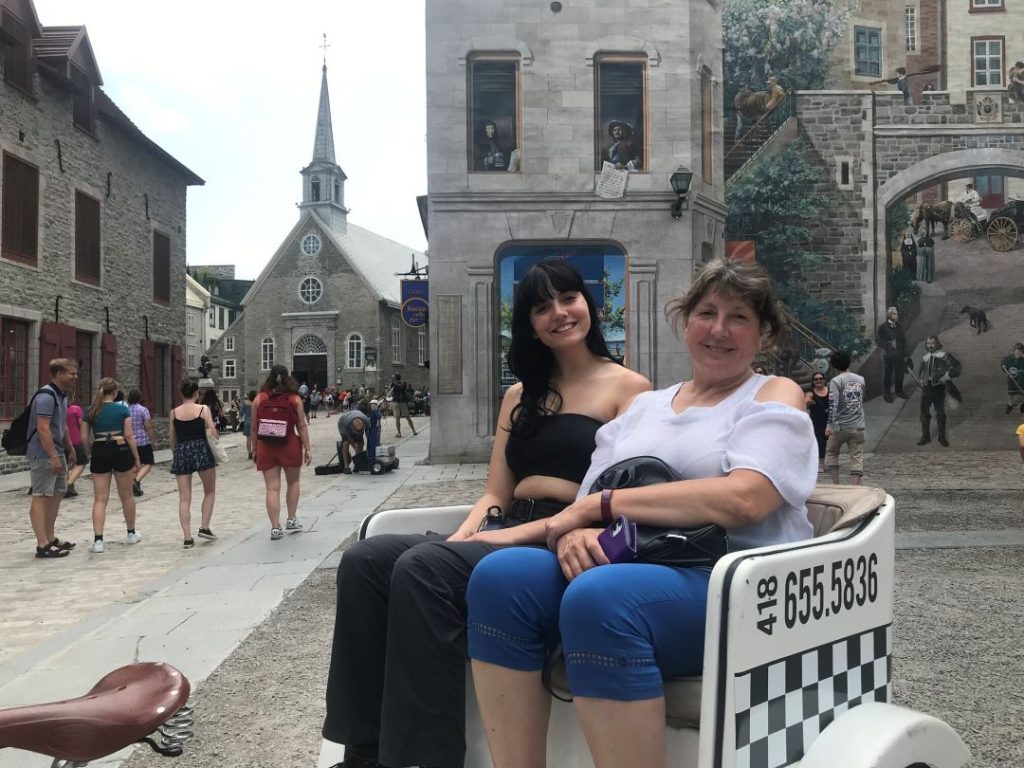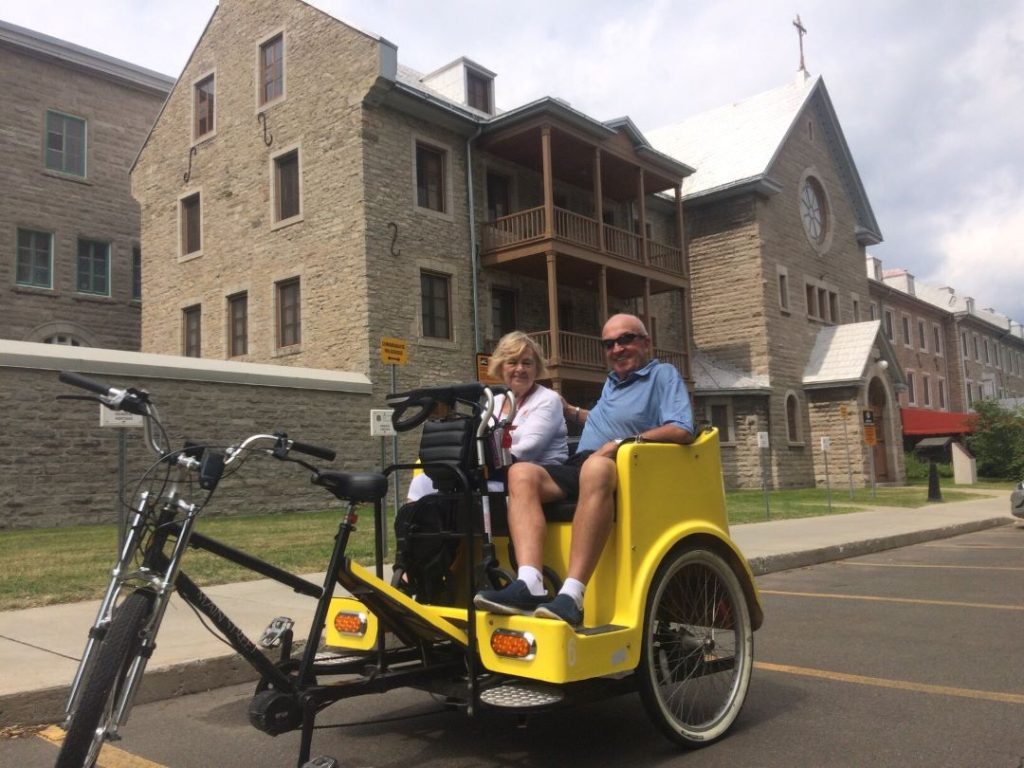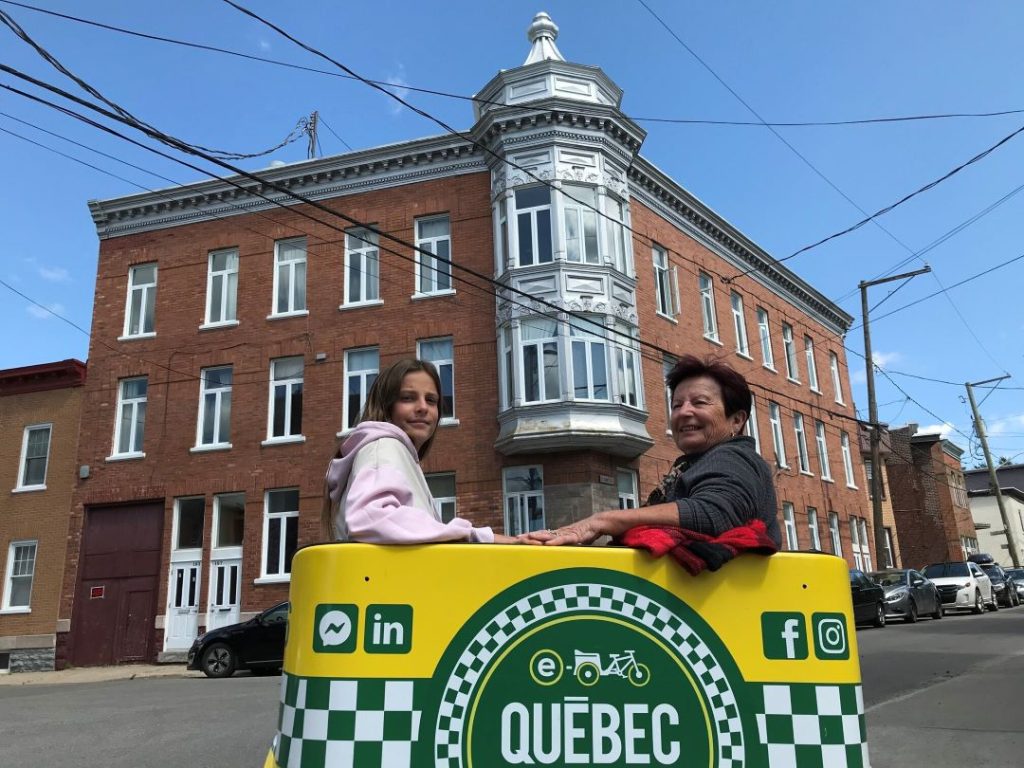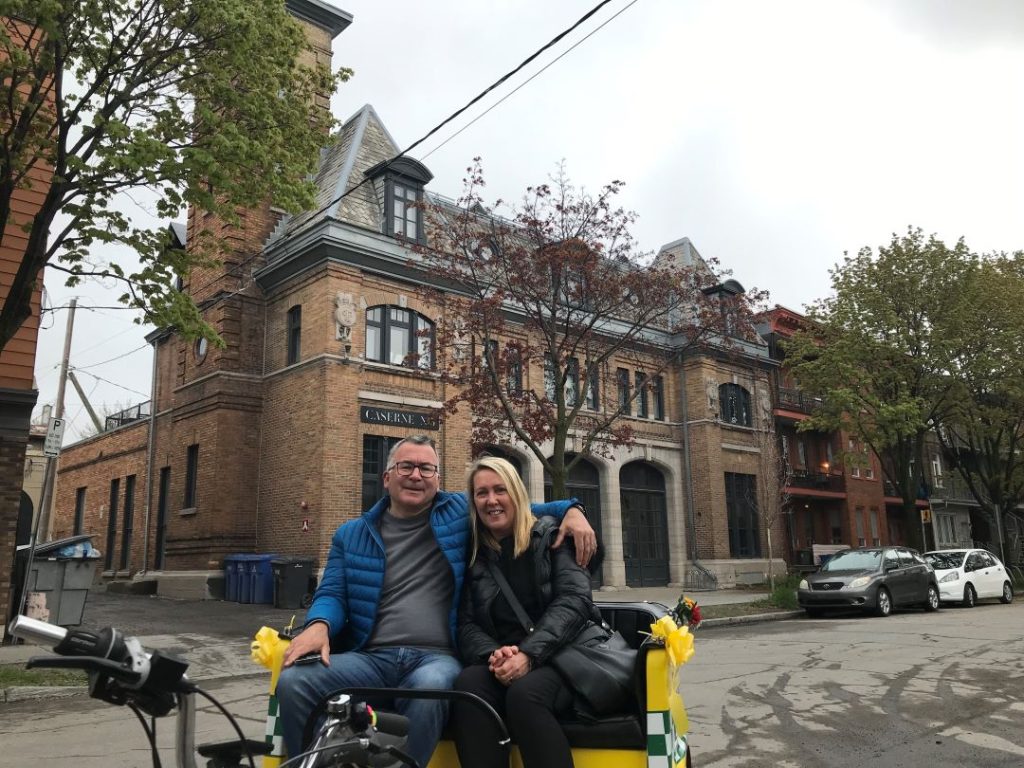The A tours
Tour A 1
Old Quebec Lower Town and Port of Quebec

Cradle of New France, it encompasses Royale Square, the Petit-Champlain district, the port of Quebec, and station square.
Tracing back to the origins of the city’s foundation, you will see the remnants of Champlain’s Abitation and understand how the inhabitants developed this narrow strip of land along Cap Diamant to take on the topography we know today.
Known for their creativity, numerous artisans, restaurateurs, antique dealers, museums, musicians, and creators bring this historic site to life.
Tour A 2
Saint-Roch neighborhood

The Saint-Roch district, home to Nouvo Saint-Roch, plays a significant role in the city’s history. Exploring Quebec’s oldest suburb means following in the footsteps of the earliest settlers; those who navigated the natural barriers of the cliff and the Saint-Charles River.
Having undergone significant revitalization, Nouvo Saint-Roch now stands out with the presence of numerous artists, trendy bars, upscale boutiques, and as a gathering place for epicureans.
Tour A 3
Saint-Sauveur neighborhood

A pedicab tour of Saint-Sauveur is first and foremost an encounter with people who have shaped the neighborhood over time.
Whether it’s the large landowners or the religious communities, the residents have left indelible traces of their presence in this neighborhood, which, according to Samuel de Champlain’s plans, was meant to be the epicenter of a great city named Ludovica.
Tour A 4
Old Limoilou

Visiting the Old Limoilou neighborhood means exploring the places where Jacques Cartier and his crew set up their first winter camp. You’ll discover how this neighborhood, born from naval activities, later became the center of a major urban development project. In fact, initially a small village, Limoilou transformed in the 20th century, under the influence of New York fashion, into an urban neighborhood with its row buildings and multiple-unit dwellings.
It’s also during this time that the octagonal design of the streets emerged, often bearing numbers instead of names, which never fails to intrigue newcomers to the neighborhood!
